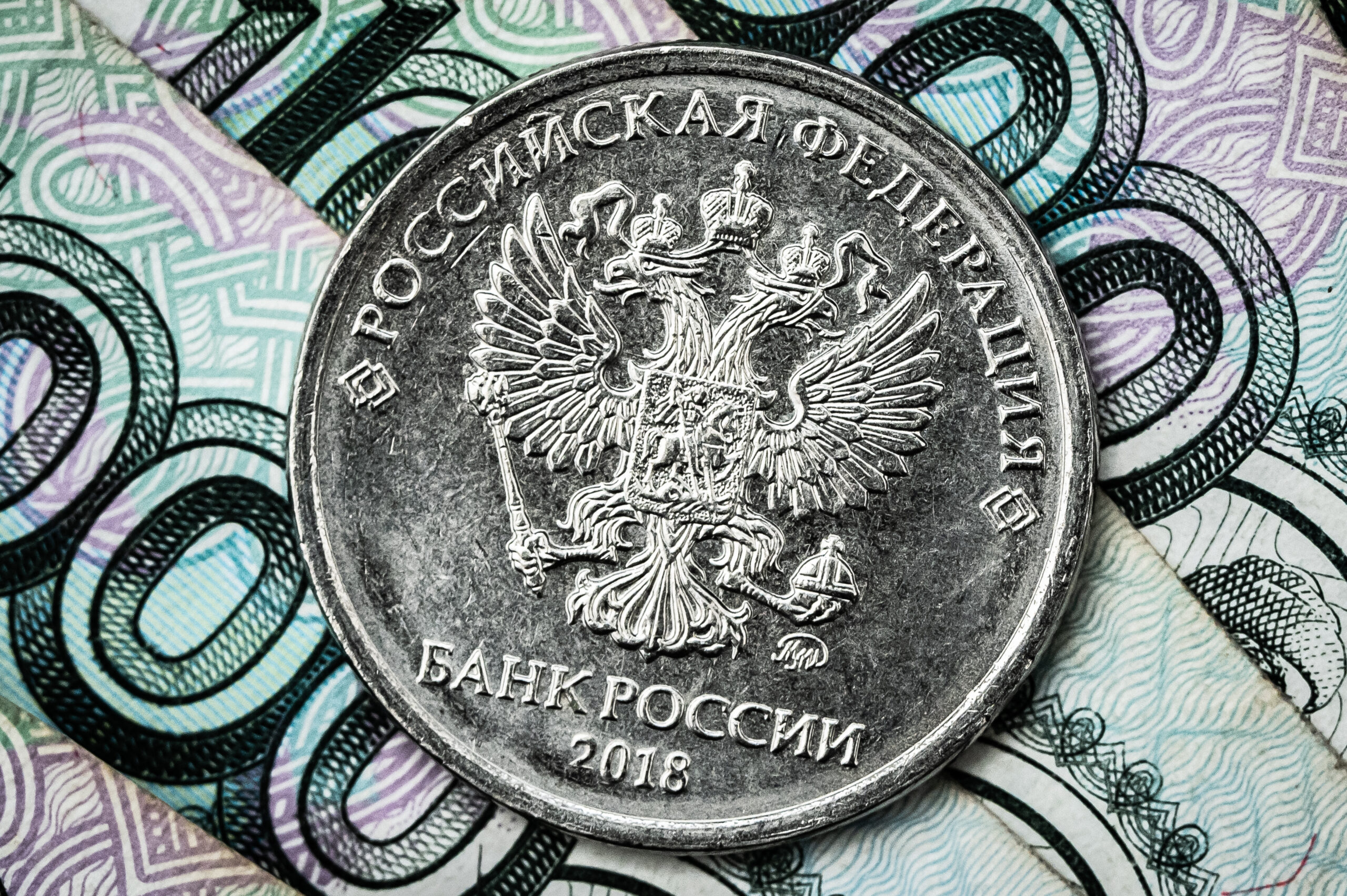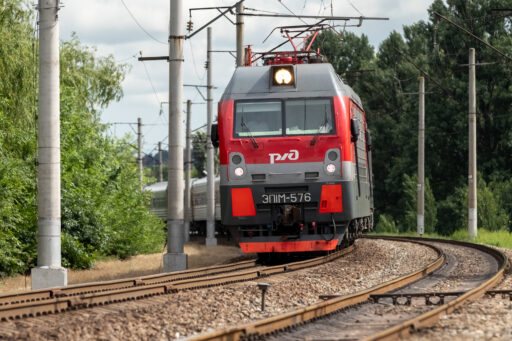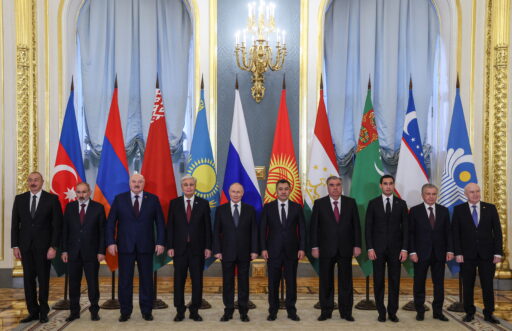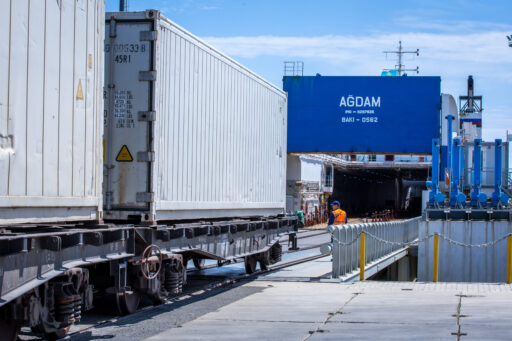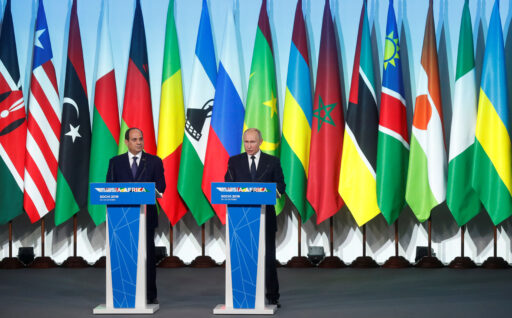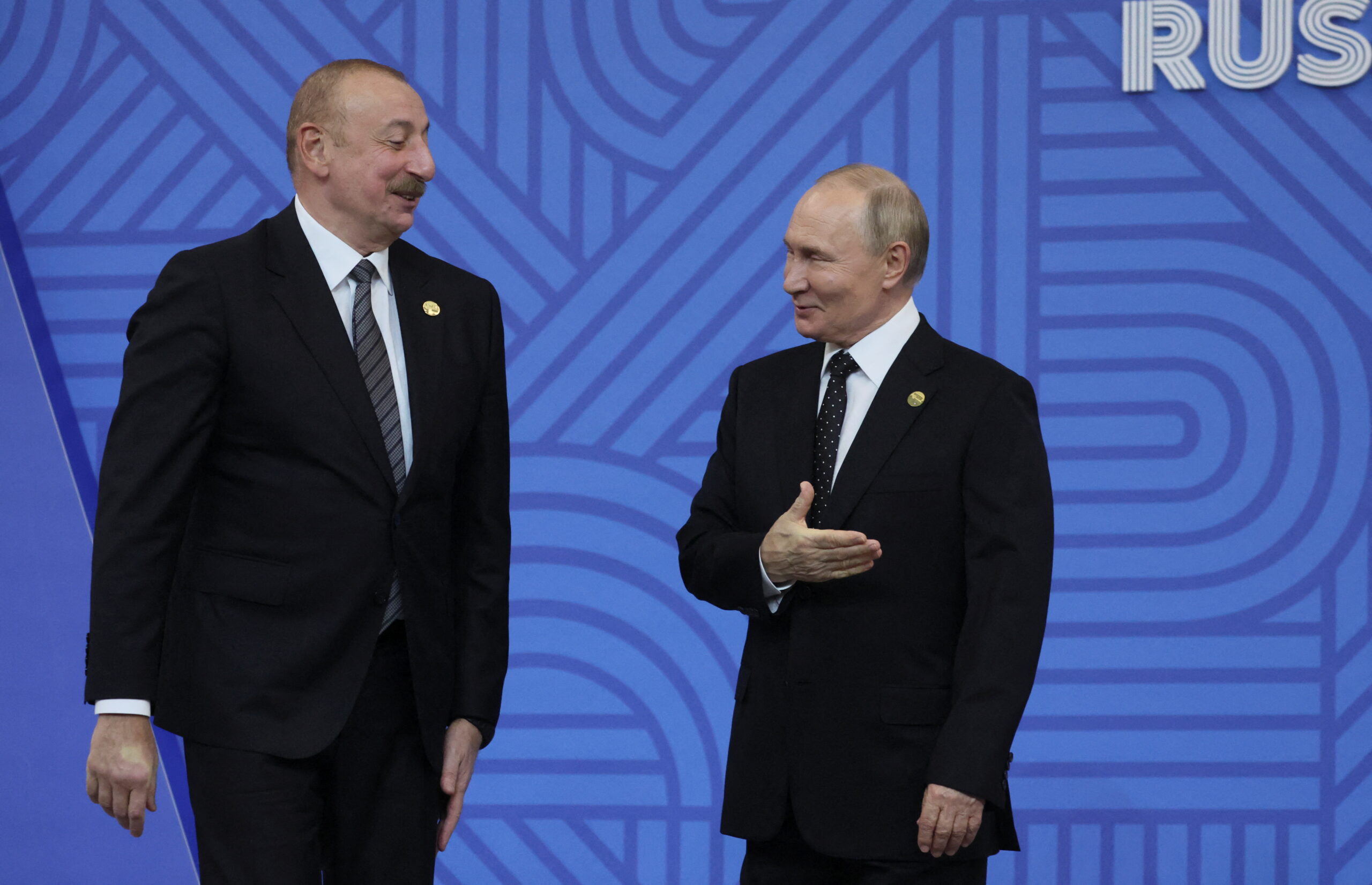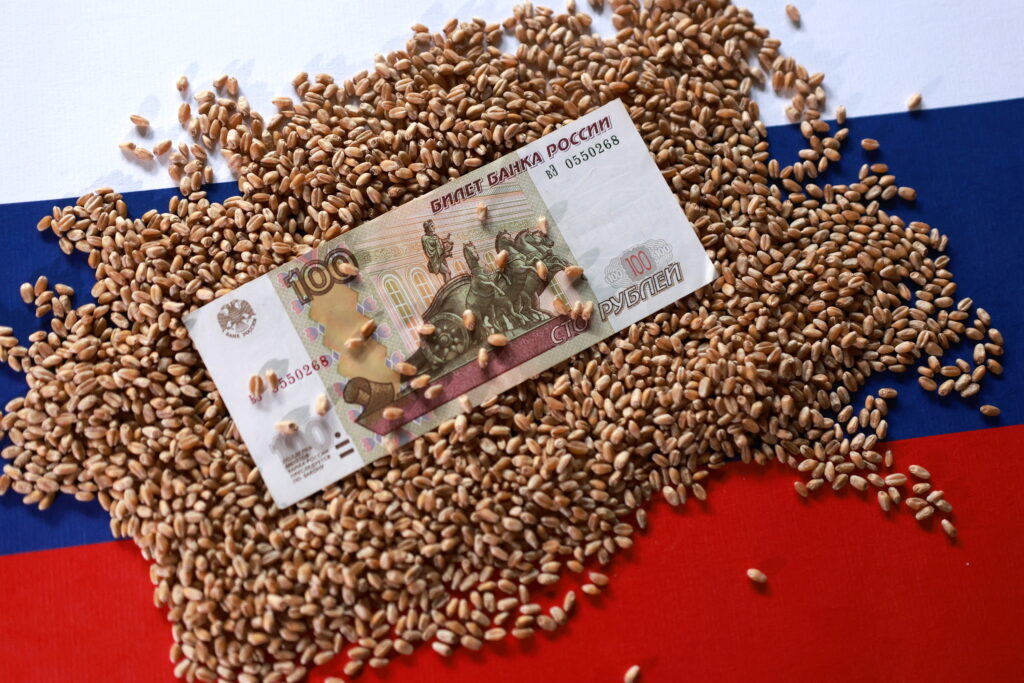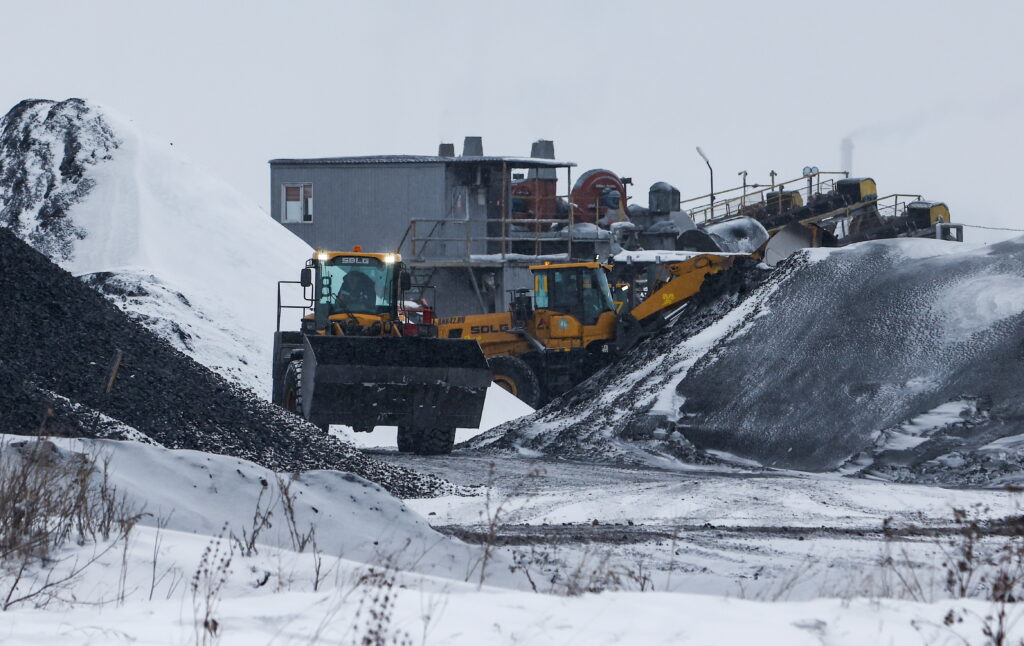Speaking at the 20th annual Yalta European Strategy meeting in Kyiv, Ukrainian defense intelligence chief Kyrylo Budanov suggested Moscow is trying to force an end to the war by the summer of 2025. «They are forecasting that the negative impact on their economy will begin to be very noticeable around the summer of 2025,» at which point officials will be stuck between mobilizing more men to the detriment of economic stability or reducing the intensity of the conflict.
Budanov’s claims reopen questions about the resilience of the Russian economy as signs emerge that the so-called «boom» from spending on the war is straining under the weight of its contradictions. The Kremlin’s sloppy applications of «military Keynesianism» and the finite limits of what’s structurally reshaping and propping up the economy is what underpins Budanov’s reasoning in Kyiv.
Regime (Management) Change
Obscured by the invasion in 2022, the global recovery from COVID in 2021 forced Mishustin’s government to grapple with the global wave of inflation driven by the bullwhip effects of lockdowns and vaccinations. Policymakers’ chief problem was that services’ share of spending across the economy was less than 40%, far below the 50−70% range seen across Europe and North America for reference. As global manufacturing and shipping sputtered in 2020, followed by intense recoveries in goods demand and surging commodity prices, these price shocks had dramatic effects on Russian households because of the country’s economic geography and quirks of its development and consumer basket. The Bank of Russia even considered the possibility that a higher level of unemployment than traditionally accepted was needed to restrain inflation. Hence Andrei Belousov oversaw the creation of a quasi-coherent set of export duties, price monitoring and management agreements, and was involved in negotiations with suppliers to limit the effects of inflation on state procurements.
COVID accelerated the other basic problem facing policymakers: an aging population and a stagnant to shrinking workforce. From demographic data from Rosstat by age group from 2010−2023, the number of prime working age people from 20−60 fell an average of 0.7%, and those 60 or older rose by 2% annually. There were nearly 8 million fewer people in the prime of their working lives at the end of last year than in 2010. Yet policymakers spent much of the last decade haphazardly establishing «Buy Russian» provisions to replace imports of consumer and strategic goods with a shrinking pool of labor and reflexive austerity measures. An investment surge in late 2021, powered by rising commodity prices, was disrupted by the war and transformed by its demands.
When one adds the conscription, economic incentives to volunteer for the war, the use of huge bonuses and pay rises to lure volunteers into service, and higher casualty rates as fighting has intensified with Russia’s push in Donbas, the strain on labor is intense. During COVID, nearly a third of all deaths occur among those of working age. The balance of those figures is likely similar now if not higher with vaccinations and the intake sent to the front. Pre-COVID, it was estimated by a WHO study that the economy lost nearly 4% of GDP every year to premature deaths. Imagine those losses in an economy running out of capacity to meet demand.
Making supply out of nothing at all
Hyman Minsky’s notion of America’s «hydraulic Keynesianism,» a critique of what is otherwise called «military Keynesianism,» captures why the «boost» attributed to «Keynesian» macroeconomic policy is misguided. Minsky’s chief critique of the American reception of Keynes’ theories post-war was that they funneled large volumes of money into the military-industrial complex — thus boosting employment, aggregate demand, and demand for relevant investment goods needed without coordinating investment to produce goods and services in other, less capital-intensive sectors. The approach seeded perpetual imbalances, driving up inflation and wages to prevent labor disputes.
In Russia, this «hydraulic» dynamic is on steroids. Sanctions, demographic pressures, past underinvestment, and the unintended consequences of existing approaches to inflation management amplify competing pressures. It is unfathomable that running budget deficits around 2% of GDP constitutes a wholesale revolution in macroeconomic policy or could trigger the inflation and wage growth evident in the economy without more supply constraints.
Masking trouble
Announcing the Bank of Russia’s latest rate hike to 19%, Elvira Nabiullina acknowledged rates might go to 20% in October and rates would continue to climb to get inflation back to the 4% target in 2025. But monetary policy cannot tame what’s driving inflation. As long as war spending continues, inflation will not cease. Even as the Bank shuffles interest rates, the cost of credit varies based on political necessity. Strategic industries and state corporations access credit below market rates to prevent collapses of investment into production. In turn, this accelerates inflation because wartime demand to equip the military is effectively unconstrained. There is no «market correction.» Any business serving the defense sector faces a softer budget constraint than purely civilian enterprises, slowly siphoning labor, physical resources, and credit away from the consumer economy.
Signs that consumer borrowing growth is finally slowing as mortgage subsidies have ended makes clear that underlying conditions are worsening. Despite the CBR’s upwards revision of 12−17% consumer loan growth for 2024 from previous estimates, the only thing justifying the torrid pace of borrowing are imbalances linked to rising wages and inflation.
Productivity is the problem. Take metals manufacture driven by war spending. Rosstat data shows metals goods production used for other finished products since the invasion began has nearly doubled. Overall manufacturing has risen just 10.4% in that time. Setting aside that output appears to be stagnating now at a far higher base or even falling, metals and metal goods production has received roughly 3% of all fixed asset investment since 2018. Adjusting for inflation, net fixed asset investment rose roughly 19% annually in 2022 and 2023, which would amount to a roughly 42% increase from 2021. Deflators aren’t particularly helpful at assessing how much the nominal change in investment corresponds to a real-terms increase in output.
Most of the productivity increase comes from people working significantly longer hours in exchange for higher wages. There are also lagged effects to investment since it takes time to build new plants, get new production lines up and running, or integrate improvements in technology. Production did not respond strongly to 2022 investments until 2023 and appears to have peaked in May and since declined. 2023 investments are not visibly supporting further gains in output.
Demand for steel rose just 7% in 2023 vs. 2022 despite the huge gains in cumulative metals output and just 0.6% in annual terms for January-June this year according to Severstal while net production is down from 2021 levels. Demand for aluminum fell significantly during the shock of 2022 — at one point, MinPromTorg forecast a halving of demand — but aluminum saw 21% demand growth in 2023 recovering from those lows.
Comparing the pace of demand growth for steel as an input with output growth for metals goods and relative declines in other sectors like automotive manufacture, one can reasonably infer that a significant degree of demand substitution has taken place. Instead of expanding production primarily to meet domestic consumers’ needs, these outputs are being consumed by the military or state organs, generating wages that filter out elsewhere into the economy. Aluminum has been substituted for steel in domestic infrastructure and construction to offset export losses. As output for some products recovers — autos have risen from a nadir of an over 60% decline in output to around 40% – pricing pressures will increase because of competing claims on labor and preferences to avoid imports where possible due to higher transaction costs and risks.
Imbalanced payments
Given the significant gaps in data reporting and customs information from various import schemes, the easiest metric to assess the strength of Russians’ consumption and wage gains is the balance of payments for the current account. Since the laborforce is shrinking all the time and interest rates for non-strategic businesses are prohibitively high without rapid price increases, it’s safe to assume that additional goods demand should drive imports higher while there’s more slack for services demand, things like insurance or financial services rather than hospitality which also depends on labor.
Counting all imports regardless of their origin, Russian businesses and households collectively spent $ 276 billion on imported goods in 2022 and $ 303 billion in 2023. Figures for Q1 2024 reached $ 67 billion, lower than the same period either other year but not enough to suggest a significant deviation. That’s a massive jump from the 2021 COVID bounceback at $ 125 billion. For 2022−2023, an additional $ 71 billion and $ 76 billion respectively were spent on service imports, which includes rising payments to handle shipping, insurance schemes, and other business needs as well as Russians going abroad. Clearly spending on imports rose dramatically. Parsing out its significance is more complex.
It’s exceedingly difficult to track the additional costs imposed by sanctions on logistical costs for imports but they almost certainly are playing a role. Russian Railways, the shipper for roughly 85% of Russia’s non-pipeline freight once it’s in the country, loaded virtually identical volumes in 2022 and 2023 to 2021 and this year, are on track to post a worse performance than 2020. Given the substitution of western imports with products from China, logistics costs are almost certainly being passed on to consumers even if they find cheaper equivalents aided by price stagnation or deflation in the Chinese economy. With interest rates near or above 20%, RZhD is now looking to index freight tariffs between 17.2% and 22% to raise 1.1−1.8 trillion rubles for capital investments. That will immediately raise the cost of all goods.
Increased import levels in some cases also correspond to the loss of domestic production for things like washing machines, refrigerators, and other goods affected by (in)directly by sanction, controls on dual-use goods, and the availability of cheaper options from China. While not universal, it highlights that real wage gains may not necessarily produce significant real-terms improvements over what was consumed before because of these substitutions.
A corollary problem is that with financial sanctions, the only way Russian importers can reliably access FX to pay for imports is for the economy to sustain significant trade surpluses. Not even Chinese banks are comfortable extending large lines of yuan even though it now accounts for virtually 100% of the foreign exchange market. The more than doubling of imports in dollar terms was backed by the surge in oil and refined product prices in 2022. They climbed so high that Russia ran a current account surplus of $ 238 billion in 2022 — akin to generating that much in savings. In 2023 as the oil market normalized and price cap had some effect, that figure was scarcely more than $ 50 billion.
While it appears to be higher so far this year, oil price pressures are more bearish heading into 2025. Since MinFin and the Bank of Russia have done a good job stabilizing the exchange rate against the yuan, but since inflation at home continues to rise along with wages, the end result is making imports more competitive than domestic production. While the import surge may correspond to improvements in spending power, in accounting terms, imports are subtracted from GDP and the actual spend on those imports reflects decidedly mixed conditions at home that don’t look like a «boom.» Even the housing boom is over with the end of subsidies, furniture production and associated domestic production and demand are falling, and policymakers have admitted that subsidized mortgages did nothing improve the affordability of housing because not enough units have been built since the program launched in 2020.
With the 2022 oil & gas windfall spent, it is becoming harder to guarantee the larger stock of reserves needed to provide FX liquidity to banks, settle trade, and prevent the ruble from depreciating, driving inflation higher. At the same time, the longer the ruble is «stabilized,» the less competitive domestic production will be with imports driving an imbalance that will eventually force policymakers to reduce consumer demand for imports.
Hair of the dog or slow-acting poison?
Setting aside concerns about Russia’s exports and the potential damage done from another price dip for oil, the regime can’t address is the gap between rising nominal wages and the capacity of the economy to meet demand. MinPromTorg’s recent forecast that wages will rise by 35% through 2027, 10% in real-terms for 2024 alone. RZhD isn’t the only driver of large price adjustments. Rising labor and production costs are driving 150 clothing retailers to raise prices as much as 20% by year end. In mid-August, analysts warned of price increases as high as 40% for chocolates and similar confectionery, milk products, bread, and beer. Standard electronics have risen 9−11% in price while dual-use electronics are far more expensive due to sanctions. In July, natural gas prices were indexed at 11.2% to raise money for capital investment needs. The list goes on.
Capacity of all kinds is falling short. Thanks to the war, the Interior Ministry is short over 150,000 personnel meaning nationally, Russia has a staffing shortfall of 19% for the police force. Violent crime is up as a result, posing its own economic costs as more businesses and individuals look at insurance policies with premiums given interest rates. Businesses have sustained investments because of the carousel effect of war spending. Millions of rubles trickle to military families and salary spikes for those working in factories or supporting the war effort spreads across the economy. But there aren’t enough workers to make more in Russia. At the Petersburg Economic Forum in June, Putin set the aim of reducing imports’ share of GDP from 20% to 17% by 2030. Simply put, that is impossible unless living standards fall and the current building inflationary wave reverses.
There’s good reason many Russians have felt positive about the initial gains from their wages. Of the more than 29 trillion rubles households have accumulated in deposits with credit institutions since the start of 2017, 70% has been accumulated since the invasion. Money is not the problem. You can print money. You can’t print people or resources. Every gain for import substitution that might benefit the war must come at the expense of another sector or consumer, a process that appears to be structurally accelerating, if manageably so for the time being.
Much hay has been made about how much better off workers in the defense complex and across the economy are in Russia because of a labor market that’s breaking in real-time. Perhaps wages have grown massively in real-terms despite the many questions raised by the data. But a simple question remains: just how much are you consuming, what are the additional costs associated, and how much are you paying markups for goods you used to get domestically at a reasonably comparable quality?
The Russian economy is exhausting itself. Growth won in 2022−2023 has become a drag on GDP today as the economy has hit its productive limits. That’s not «military Keynesianism.» It’s war spending as a slow acting poison. Budanov is not exactly an objective observer, but we should take the idea seriously that Russia’s current economic policy is heading towards a breaking point.
